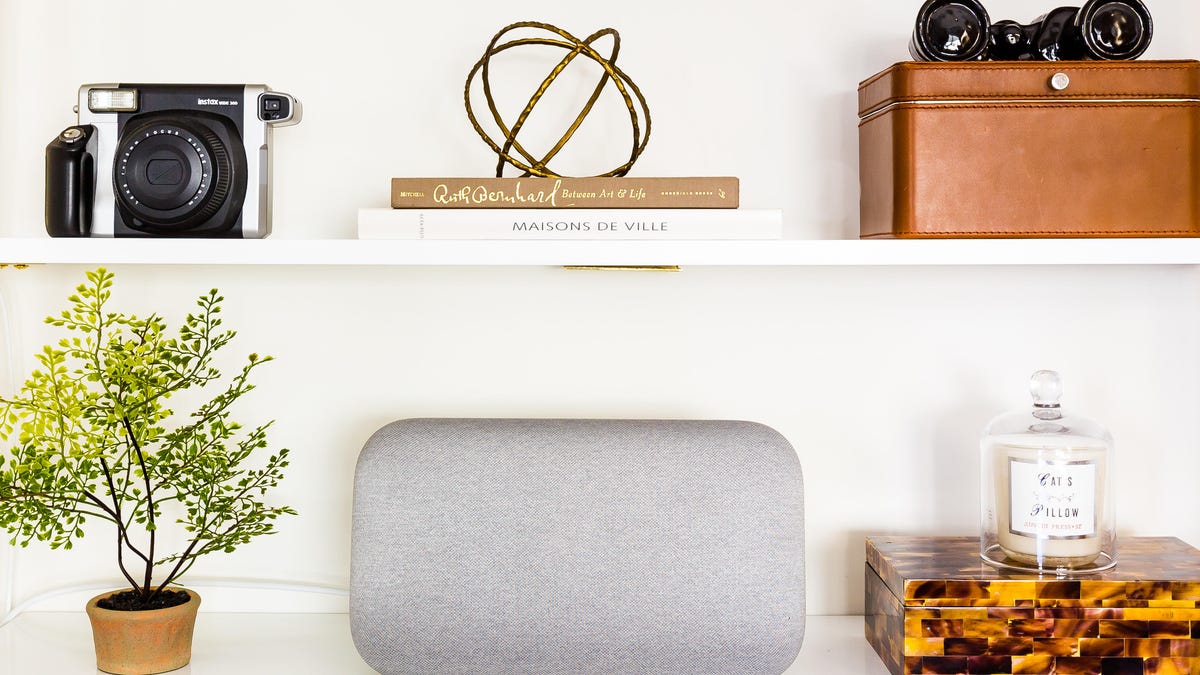
Starting a smart home doesn't have to be scary. Here's what you need to know about Zigbee, Z-Wave, Wi-Fi and more.



So you want a smart home . Great! But where do you start? With so many platforms, assistants, hubs and protocols out there, it can get confusing quickly. Here's what you need to know if you're ready to dip your toes into smart home automation.
Zigbee and Z-Wave are low energy, mesh networks that allow devices to communicate with each other without using Wi-Fi or Bluetooth. However, both Z-Wave and Zigbee protocols require a separate receiver somewhere on your WiFi network in order to send and receive signals between devices.
You can find hundreds of Zigbee or Z-Wave devices from major brands like Nest , GE , and Philips Hue . If you're unsure which one is right for you or what smart-home products you might purchase in the future, no worries. Invest in a hub like SmartThings Hub or Wink Hub 2 that work with both Zigbee and Z-Wave.
Some smart displays like the Amazon Echo Show 10 and smart speakers like the newest Amazon Echo function as Z-Wave or Zigbee hubs, meaning you won't need to buy a separate hub to add new devices to your home. You can also find a Zigbee hub built into the forthcoming Eero 6 mesh router , scheduled to hit retail on 11/2 this year.
Watch this: Intro to home automationNot every smart home device requires Zigbee or Z-Wave. Some products, like smart plugs, can connect to your home's 2.4GHz Wi-Fi network through their companion app. Others use device-to-device Bluetooth connections.
Products like earlier entries in August's line of smart locks can connect to your Wi-Fi with the purchase of a Wi-Fi bridge or directly through the devices, although the newest August lock has a Wi-Fi transmitter built into it, eliminating the need for a separate bridge or hub. Wi-Fi connection enables remote access from anywhere in the world that you have an internet connection.
While ditching a hub is certainly more convenient and cost-effective, having dozens of devices connected that way could affect the performance of your Wi-Fi and the devices connected to it. If you're connecting to Wi-Fi through the device itself and not a Wi-Fi bridge, battery life can also be affected.
Other products like Philips Hue and Lutron require their own proprietary hubs, often called bridges, that plug into your router. If you're interested in smart lighting but want to be hubless, Lifx has you covered. Their lightbulbs connect directly to your home Wi-Fi.
No matter which way you're automating your home, it's important to invest in good Wi-Fi, whether that means upgrading with your service provider or purchasing a better router , like the Eero starter kit .
With your network sorted, you'll want a voice assistant to act as the interface between you and your smart home. Choosing which smart speaker is right for you is largely a matter of personal preference, and chances are you already have a favorite in mind.
If you're all Apple all day, you'll want the Apple HomePod or HomePod Mini as your smart home automation center. Love everything Google is doing? There are several smart speakers and displays to choose from. The same is true for Amazon Alexa fans. If you're an Amazon Prime enthusiast, the Amazon Echo and Amazon Echo Dot are two great options. Google and Amazon offer affordable options at around $50 (often less on sale), so adding smarts to your home won't break your bank.
All three platforms have their pros and cons, but all three are also capable of managing your smart home devices. If you've narrowed it down to Amazon vs. Google, take our quiz to find out which smart speaker is right for you.
If you're looking to go the DIY route and dive deep into the brains of home automation, Raspberry Pi is a unique option with nearly endless possibilities.
This tiny computer chip can be built out with kits to create computer programs to run all kinds of tasks and devices around your home. However, it will take time, extra accessories and some tech know-how.
Still, if you're into programming and want to tinker with smart-home tech, there are kits out there to create smart speakers, cameras and more. Google's AIY ("Artificial Intelligence Yourself") line of Raspberry Pi-friendly kits will help you do just that. Check out other cool stuff you can do with Raspberry Pi computers here .
IFTTT (If This, Then That) is a free, online automation service that allows smart devices and web-based platforms to interact with each other. The big plus with IFTTT is that it isn't limited to physical devices. For example, you can create an IFTTT recipe (its term for "program") that automatically saves attachments from your emails into a specific Dropbox folder.
In the smart home, this translates to recipes that connect devices that wouldn't otherwise work together. For example, if your Nest thermostat goes into Away mode, turn off all your Philips Hue lights. You can also create recipes that trigger when you arrive or leave your home's location with your mobile phone. One of IFTTT's more useful (and fun) features is the ability to create custom commands for Google Assistant and Amazon Alexa .
While IFTTT isn't all you need to build a smart home, it's a great supplement to a smart home, especially when you want to link product actions together to create a larger automated experience.
There are plenty of options when it comes to smartening your home. It may take a bit of trial and error to find what works for you or which products and services you prefer, but stick with it. Once you get things up and running, you'll have a home that makes life smarter and simpler.